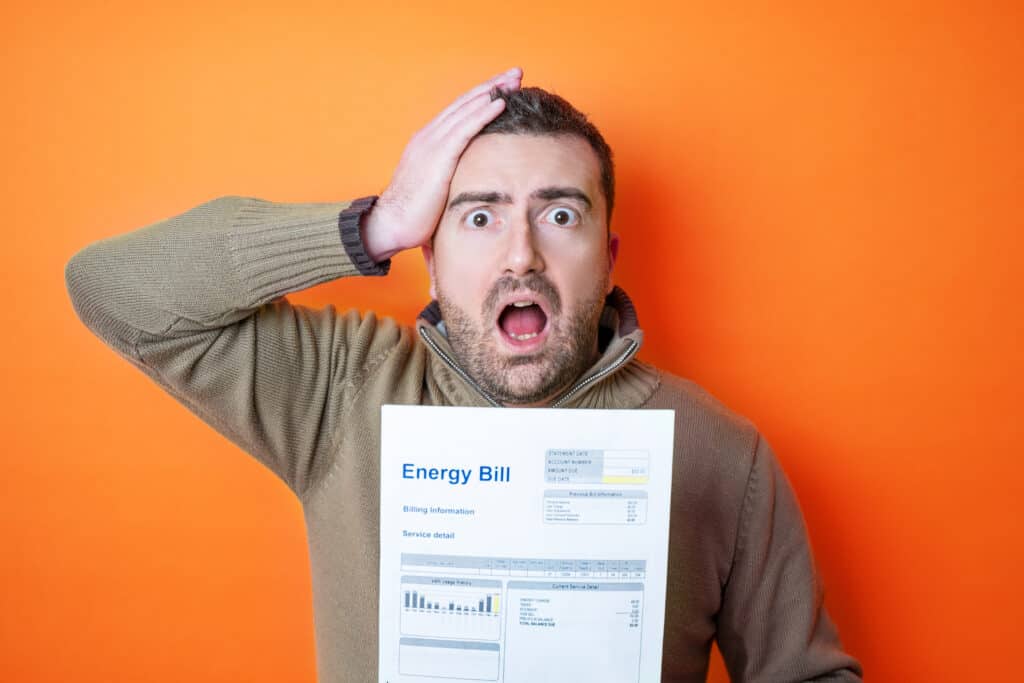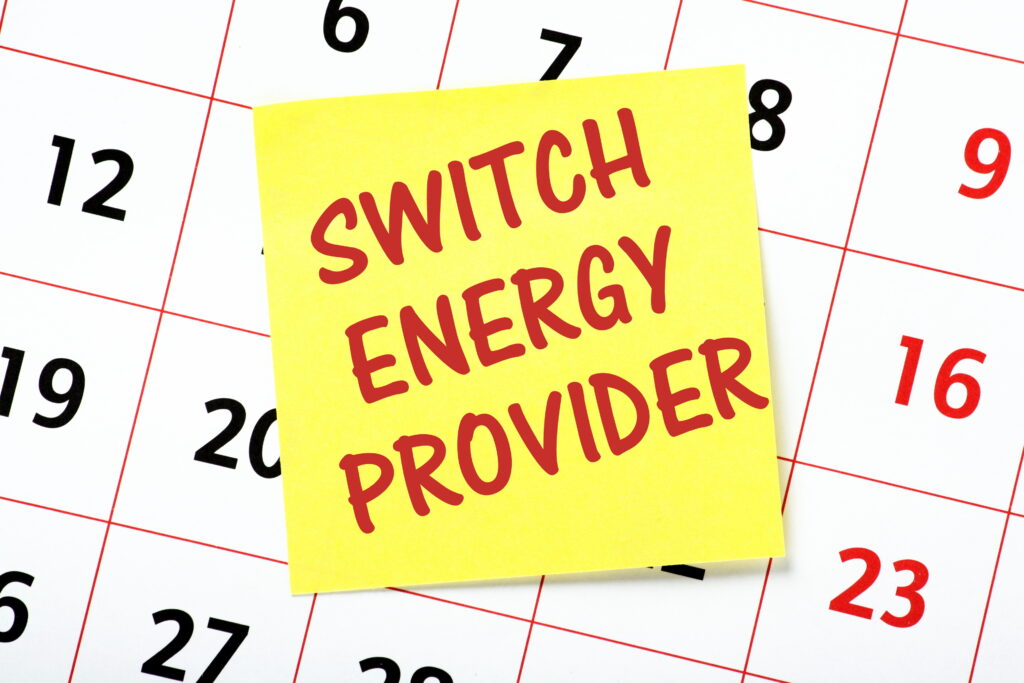Why the Cheapest Plan Isn’t Always Your Lowest Bill
While researching Texas electricity rates, I came across a Medium article that stood out — wedged between Reddit threads about high bills and confusing plans.
The author downloaded their Smart Meter data, built a spreadsheet, and reverse-engineered the real cost of their electricity plan.
This is the right way to shop. Time-consuming, but right.
And it’s precisely why we built Compare Power.
For over a decade, we’ve been helping Texans avoid misleading electricity plans by analyzing their power usage—no spreadsheets required.
Key Takeaways
- Advertised electricity rates in Texas are often misleading. They only apply at specific usage levels, such as 1,000 kWh.
- Your real cost depends on how you use electricity. Most people overpay without realizing it.
- Live Link™ does the math for you. It pulls your Smart Meter data and shows you the cost of each plan.
- Don’t guess. Don’t get gamed. Shop with your real usage, not advertised averages.
👉 Find your best plan with Live Link™
Table of Contents
Why Advertised Electricity Rates Are Misleading
When you see a plan that says 10.9¢/kWh, that rate only applies if your usage is exactly 1,000 kWh.
Go slightly above or below that number, and the real cost can jump.
Here’s why:
- Plans often include tiered pricing, minimum usage fees, or bill credits.
- These gimmicks are designed to make the advertised rate look cheap at a specific usage point (like 1,000 kWh).
- Most Texans don’t consistently hit that number. Your actual bill will be based on your real usage, not a marketing benchmark.
The result? You think you’re getting a deal, but you end up overpaying.
The Spreadsheet Method (Manual Way)
In that Medium article, the author:
- Pulled 12 months of 15-minute Smart Meter Texas data.
- Calculated how much electricity was used during peak vs off-peak hours.
- Applied those patterns to a Time-of-Use plan, advertising 17.1¢/kWh.
Because they used most of their electricity overnight (charging a Tesla), the actual cost came out to 11.6¢/kWh.
However, for someone running A/C or appliances during the day, that same plan would have cost a lot more.
It’s a great breakdown. If you’d like to try it manually, we explain the step-by-step process here.
The Better Way – Save Time With Live Link™
Most people don’t have the time or desire to build a spreadsheet to shop for power.
That’s why we created Live Link™.
Live Link™ pulls your Smart Meter data instantly and runs the analysis for you.
With Live Link™, you get:
- No guesswork – Plans matched to your real usage patterns
- No spreadsheets – We connect directly to your utility’s usage history
- No surprises – See your actual cost before you sign up
Forget advertised rates. Shop based on your real usage.
Don’t Pay for the Wrong Plan
This is the mistake most people make:
- They select a plan that appears inexpensive on paper.
- Their usage doesn’t match the advertised kWh.
- Their bill ends up way higher than expected.
Live Link™ fixes that.
Stop shopping by guesses and gimmicks. Start with your real data.
Teaser rates cost you. Find a plan that fits—and saves.
Texas Electricity Rates FAQs
What’s the average cost of electricity in Texas right now?
Residential electricity rates in Texas range from 15¢ to 18¢ per kWh, inclusive of delivery fees. The actual price depends on your utility zone and the type of plan you choose.
Are electricity rates expected to go down?
Wholesale energy costs may level off or decline slightly as more renewable energy enters the market. But retail rates could remain steady or even increase, especially with rising grid costs and high summer demand.
Why do electricity rates spike in summer?
Texas relies heavily on natural gas for electricity. As temperatures rise and demand increases, prices tend to follow. Summer also brings grid strain, which can trigger even higher retail prices.
What kind of electricity plan is best: fixed, variable, or time-of-use?
Fixed-rate plans lock in your price, making it easier to budget from month to month.
Variable-rate plans can be cheaper at first, but they come with risk—your rate can spike if market prices go up.
Time-of-use plans sound appealing, but they only save you money if most of your electricity use happens during off-peak hours.
Most Texans stick with fixed-rate plans: they’re predictable and protect you from surprise bill increases.
How can I avoid overpaying for electricity?
Most Texans make the mistake of shopping based solely on the advertised electricity rate—but those rates only apply at exact usage points, like exactly 1,000 kWh.
To avoid overpaying, be aware of tricky bill credits, minimum usage fees, and fine print hidden in the Electricity Facts Label (EFL).
The more innovative way to shop is by using your real energy habits—or better yet, pulling your Smart Meter data.
Tools like Live Link™ do this for you automatically, showing the actual cost of every plan based on your electricity usage.
Is Texas’s power grid reliable?
The ERCOT-managed grid is improving, but it still faces challenges, especially in extreme weather conditions. More renewables and infrastructure investments are underway to help meet future demand.
Any product or company names, marks, or logos shown on this page are the property of their respective owners. Compare Power is an unaffiliated, independent marketplace. Get unbiased, accurate information backed by our commitment to editorial integrity.








